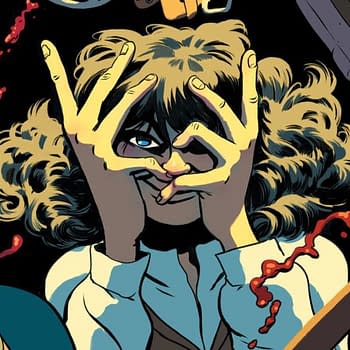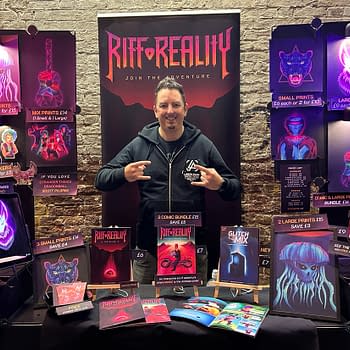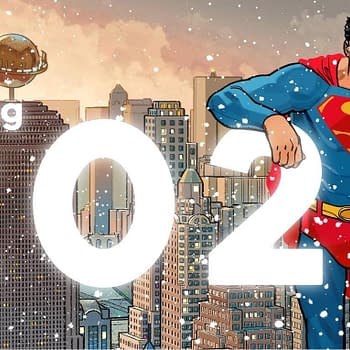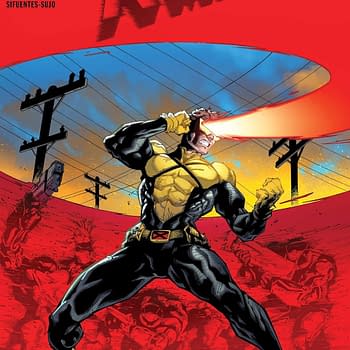Posted in: Comics, NYCC | Tagged: 2016, comic con, Comics, entertainment, new york, new york comic con, NYCC, nycc 2016
A Look Behind Romani Concerns Expressed At New York Comic Con
A number of Romani comic book fans, concerned regarding the general representation of Romani character in mainstream superhero comic books have organised to ask questions about this topic at a number of diversity-related panels at comic shows over the last couple of years.
And no one seemed to really care. Concerns were dismissed or placated and people moved on.
That was, it seems, until Peter David expressed his extreme rage over incidents he'd seen in Romania. Explanations he'd been given. And now has recanted, publicly, in apology.
If nothing else, it got people talking about the issue. And given me reason to look at the issues of one of the questioners' Vicente Rodriguez Fernandez of the Ternype International Roma Youth Network.
In one of the first comic books I read, X-Men Unlimited #2, I learned that Magneto's real identity is Erik Lehnsherr, a German Sinto-Roma whose family was exterminated in Auschwitz. When the first X-Men movie came out in 2000, I convinced my family to come with me to the cinema so they could see a powerful Roma protagonist on the big screen. We were crestfallen to find that Magneto had been whitewashed by 20th Century Fox, scrubbed of any trace of his Roma heritage. Even in pop culture, we were denied our identity.
Currently, I am lobbying to recognize and make visible the Roma identities of key comic book characters in Hollywood adaptations. For instance, Doctor Doom, the villain who inspired George Lucas to create Darth Vader, is a Roma from Latveria—a fictional nation between Hungary, Romania, and Serbia—whose goal is to avenge the persecution of his people. Richard John "Dick" Grayson, the first incarnation of Batman's sidekick Robin, is a Roma who knows how to speak Romanes, the language of Roma people. These features from comic books should be represented in movies.
The backgrounds of characters like these could change the way Roma youth view their identities in a positive and powerful way. These are not victims, but strong figures destined to leave their marks on the world. At the same time, European societies must provide these youth the space to make an impact by recognizing the history of Roma persecution and the contributions Roma have made to mainstream culture.
I confess, Magneto and Doctor Doom may not make the best role models.
Magneto of course has been on a rollercoasters of ethnic identities. Originally, as created by Stan Lee and Jack Kirby he was as White Anglo Saxon Protestant as the next man.
It was an attempt to give that "villain" mode complexity that saw him become a victim of Auschwitz, that fuelled his rage but also gave room for reconciliation. It was implied, but never said he was a Jewish inmate.
Then he became a Romani victim of Auschwitz, his wife Magda a "gypsy" and his revealed children Quicksilver and Scralet Witch also in that identity.


…and finally he was established as a Jewish character, Max Eisenhart – after the X-Men film had got there.
















